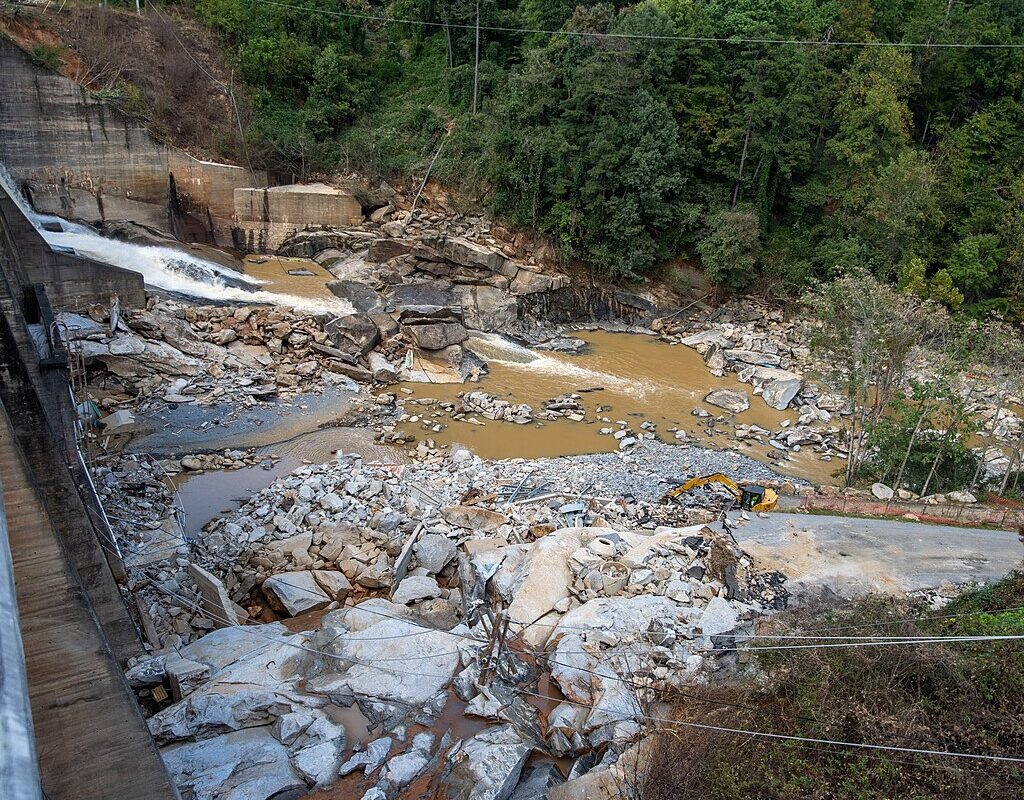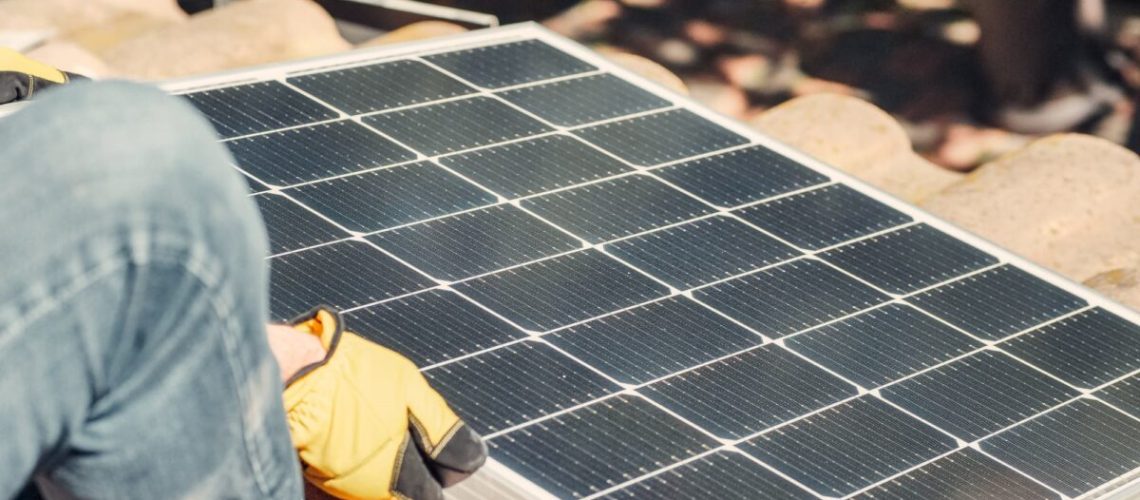Residential solar installers are evolving to include energy storage, EV charging, and more. A panel discussed this evolution of distributed energy and the state of the market at pv magazine USA week.
Residential solar and energy storage is increasingly being offered as a holistic home energy management system, alongside other features like EV charging, demand response tools, smart thermostats, and more.
How is the industry serving customers today? How are policies, technologies, and economic conditions shaping distributed solar and energy storage? These questions are addressed in the video below.
pv magazine USA was joined for a panel discussion by policy and incentive database provider NC Clean Energy Technology Center, distributed solar quote marketplace operator EnergySage, home energy storage provider Briggs & Stratton, and residential solar installer Sunnova Energy.
The panel discussed market trends, major policy changes to be aware of, and traced the evolution of solar plus energy storage today. Watch the full video below.
Quotes from the discussion:
In response to recent solar installer bankruptcies:
“When I think about the three legs of the stool, what will support this industry, you have finance, technology, and policy. When we have state policies that undermine the growth of the industry, then the industry is going to be challenged,” said Meghan Nutting, executive vice president of government and regulatory affairs, Sunnova.
On ongoing macroeconomic conditions:
“Just two years ago, the median interest rate included in loans on Energysage was under 3%, whereas in the first half of this year it was over 7.5%. So, the Fed rate cut, we anticipate will make a huge difference here,” said Spencer Fields, director of insights, EnergySage.
On promising policies:
“Probably the biggest bright spot we’re seeing is the Solar For All program. This is a $7 billion five-year program through EPA that’s focused on solar for low-income customers that will largely be implemented by states. A minimum of 75% of that $7 billion will go toward solar for low-income and disadvantaged households,” said Autumn Proudlove, managing director, policy and markets, NC Clean Energy Technology Center.
On operating “off-grid”:
“There are people who truly live beyond the transmission line or they’re edge-of-grid and power outages are very frequent. They turn to battery storage not necessarily for incentive purposes, but because they need energy in their home,” said Sequoya Cross, vice president of energy storage. “Storage is a way to combat an aging infrastructure. I think this idea of being off-grid is more an idea of being grid-independent or looking at a way to be more self-sufficient.”
Watch the full panel discussion below, from hour 1:16 to 2:14
Popular content




